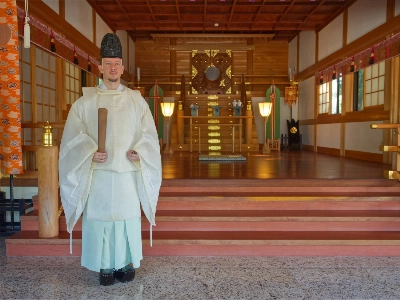In an age excessively concerned with outward appearances, official disapproval of tattoos in Japan is perhaps understandable. The Japanese are less seriously spooked by the sight of peonies blossoming on shoulder blades, or of giant carps tumbling down chests and spines, than by the thought that someone could have willingly gone through this transforming process. Regarded in today's Japan as a kind of obscenity, something to be hidden away like the marks of leprosy, groups of tattooed friends hoping to enjoy a Japanese hot spring are required to book the premises for their exclusive use, while a symbolic cordon sanitaire is placed around the inn. Reversing this prejudice will be difficult. Despite this prejudice, as writer and tattooist Takahiro Kitamura demonstrates in his recently published "Tattoos of the Floating World," even today small, marginalized groups of Japanese doggedly continue to paint their skin in the indelibly lurid colors of Edo period Kabuki actors and rickshaw pullers.
Love and religion seem to have been the main inspiration for tattoos during this period. Lovers, courtesans and lowly prostitutes would often have the name of a loved one written in Chinese ideograms along the inner portion of the arm. The ideograph for inochi (life), symbolizing a pledge of eternal love, was also added. There are many allusions in Edo period literature to these pledge tattoos, or irebokuro, as they were known, particularly in the works of the satirist Ihara Saikaku.
Tattoos to deify or immortalize an amorous experience or affair are rarer in the 20th century. A notable exception comes to mind -- that great chronicler of the Tokyo demimonde, the novelist Nagai Kafu, who is said to have had a tattoo done in the likeness of a geisha named Tomimatsu, with whom he had been infatuated for a short time until he lost her to a wealthier, more determined patron. Whether in the spirit of Byronic romanticism or because of the stubbornness of the inks used in the process, he is said to have carried the image to his grave.


















With your current subscription plan you can comment on stories. However, before writing your first comment, please create a display name in the Profile section of your subscriber account page.